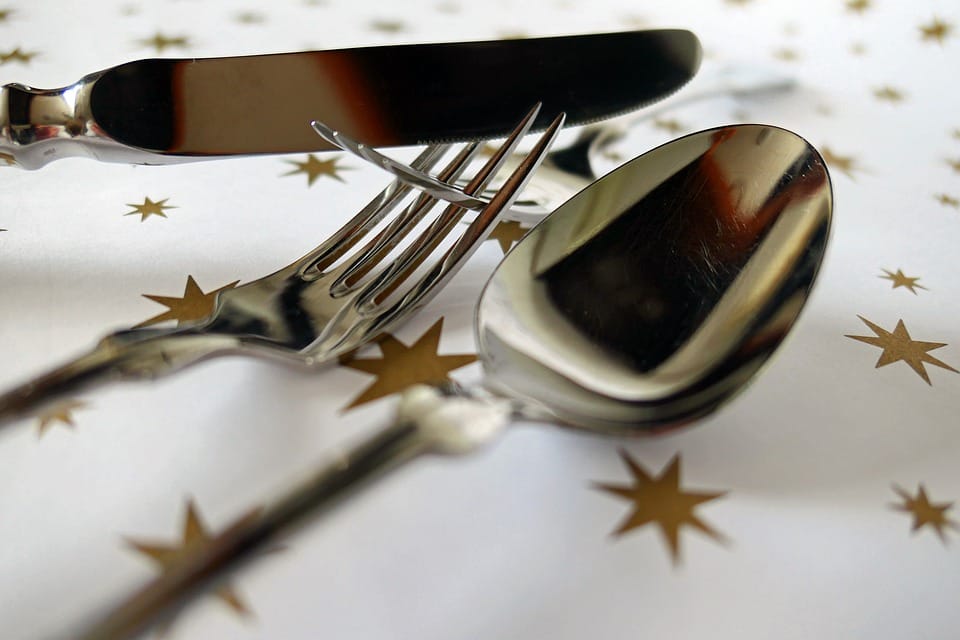The Art of Wood Carving with a Pocket Knife: A Beginner’s Guide
Introduction to Wood Carving with a Pocket Knife
Wood carving is an ancient art form that has been practiced for centuries, and with the right tools, anyone can learn to create beautiful and intricate designs. In this article, we will explore the art of wood carving with a pocket knife, a beginner’s guide that will take you through the basics of wood carving and provide you with the skills and confidence to create your own unique designs.
Choosing the Right Pocket Knife for Wood Carving
When it comes to wood carving, the right pocket knife can make all the difference. A good pocket knife should have a sharp blade, a comfortable grip, and a durable construction. Here are some tips to help you choose the right pocket knife for wood carving:
| Feature | Description | Importance |
|---|---|---|
| Blade Material | Look for a blade made from high-carbon stainless steel or titanium for durability and rust resistance. | 8/10 |
| Blade Sharpness | A sharp blade is essential for wood carving. Look for a knife with a sharp, straight edge. | 9/10 |
| Grip Material | Choose a grip material that provides a comfortable hold, such as wood, metal, or synthetic materials. | 7/10 |
| Ergonomics | A pocket knife with a contoured grip and balanced design will make it easier to carve for extended periods. | 8/10 |
Basic Wood Carving Techniques
Once you have chosen the right pocket knife, it’s time to learn the basic wood carving techniques. Here are some tips to get you started:
- Hold the knife correctly: Hold the knife with a firm but gentle grip, with the blade facing the direction you want to carve.
- Start with a straight edge: Use a straight edge to carve a straight line, then use a curved edge to create a smooth, flowing curve.
- Use gentle strokes: Apply gentle pressure and use smooth, flowing strokes to carve the wood.
- Keep the knife sharp: A dull knife can cause splintering and tearing of the wood. Keep your knife sharp by honing it regularly.
Common Wood Carving Tools
In addition to a pocket knife, there are several other tools that can be useful for wood carving. Here are some common wood carving tools:
| Tool | Description | Use |
|---|---|---|
| Gouge | A gouge is a curved tool used to remove small amounts of wood. | Removing small amounts of wood to create details and textures. |
| Chisel | A chisel is a flat tool used to remove small amounts of wood. | Removing small amounts of wood to create details and textures. |
| Mallet | A mallet is a tool used to tap the knife or other tools to create a desired shape. | Tapping the knife or other tools to create a desired shape. |
| Sandpaper | Sandpaper is used to smooth out the wood and remove any imperfections. | Smoothing out the wood and removing any imperfections. |
Tips for Beginners
Wood carving can be a challenging and frustrating process, especially for beginners. Here are some tips to help you overcome common challenges:
- Start with softwood: Softwood is easier to carve than hardwood, so start with softwood to build your skills.
- Practice regularly: Practice regularly to build your skills and confidence.
- Don’t be too hard on yourself: It’s okay to make mistakes – it’s all part of the learning process.
- Take breaks: Take breaks to rest your hands and eyes, and to give yourself time to think and reflect on your work.
Common Wood Carving Mistakes
Even experienced wood carvers can make mistakes. Here are some common wood carving mistakes to avoid:
- Using a dull knife: A dull knife can cause splintering and tearing of the wood.
- Applying too much pressure: Applying too much pressure can cause the wood to splinter or crack.
- Not using proper technique: Not using proper technique can cause the wood to become misshapen or uneven.
- Not taking breaks: Not taking breaks can cause fatigue and lead to mistakes.
Conclusion
Wood carving with a pocket knife is a fun and rewarding hobby that can be enjoyed by anyone. With the right tools and techniques, you can create beautiful and intricate designs. Remember to start with softwood, practice regularly, and don’t be too hard on yourself. With time and practice, you’ll become a skilled wood carver and be able to create stunning pieces of art.
Frequently Asked Questions
- What is the best type of wood to use for wood carving?
- The best type of wood to use for wood carving depends on the design and the level of detail you want to achieve. Softwoods like pine and spruce are good for beginners, while hardwoods like oak and maple are better for more experienced carvers.
- How do I keep my knife sharp?
- Keeping your knife sharp is important for wood carving. You can use a whetstone or a sharpening steel to hone your knife regularly.
- What is the best way to hold the knife?
- The best way to hold the knife is with a firm but gentle grip, with the blade facing the direction you want to carve.
Sources
- "The Art of Wood Carving" by Bob Flexner
- "Wood Carving for Beginners" by Peter Korn
- "The Wood Carver’s Bible" by David J. King
I hope this article has provided you with a comprehensive guide to wood carving with a pocket knife. Remember to always practice safety and follow proper techniques to achieve the best results. Happy carving!
